Buying your first flashgun? Here’s what to look for – and what all the jargon means
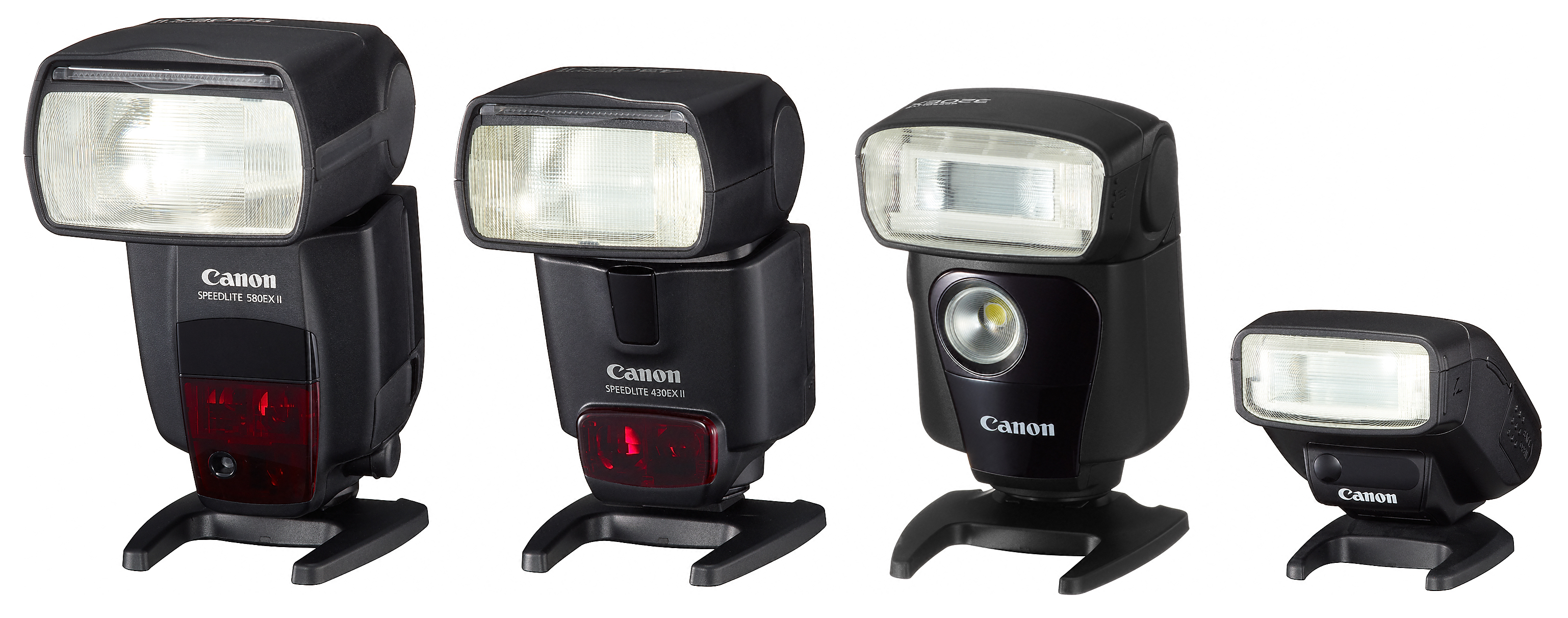
Most people’s first experience of flash comes through the small built-in flashes in their smartphones or compact cameras. These can provide valuable illumination for shadowy areas and help when light is low, but they’re often not the best choice with regards to control and image quality.
The main benefits
Upgrading to a separate flashgun provides you with many benefits. First, you will typically have more power than built-in flashguns, which lets you light subjects further away from you.
You will also usually get more control over how the light falls on whatever it is you’re photographing. Instead of having it fire directly at the subject, for example, you may be able to bounce it off a ceiling or wall.
Also, the fact that the flash head is positioned further away from the optical axis than the average built-in flashgun also helps to control the red-eye effect that’s commonly seen in images taken with compact cameras.
For more elaborate setups, you can even use a number of flashguns positioned around a scene to direct light exactly where you want it.
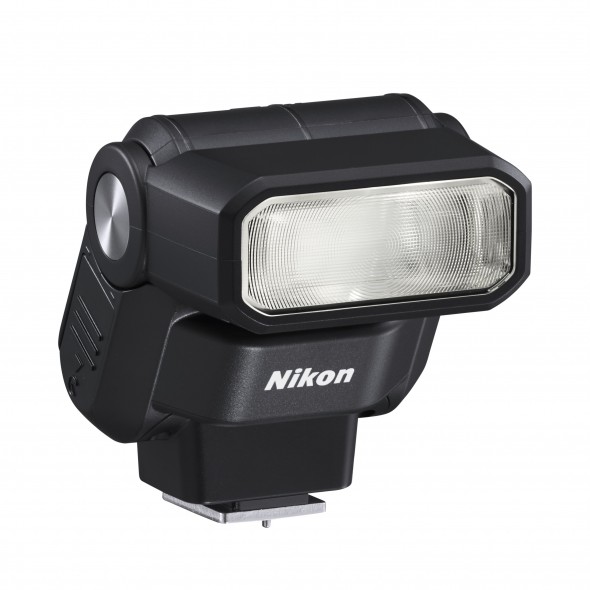
What’s available
Flashguns range from basic models that need to have their output manually adjusted to more advanced models that work with your camera’s TTL system. The latter allows them to automatically calculate the correct flash exposure.
Flashguns are most commonly used by those photographing people, often to help fill in shadows on faces and to produce a more even result. They’re also very useful when balancing a subject against a particular background, such as photographing a person at night with something in the distance.
They can also be used creatively in any kind of action photography to show motion, and if you choose to shoot with one positioned away from the camera – either connected via a cord or operating wirelessly in some way – the creative possibilities expand even further.
What to look for
There’s a handful of things to look for when buying a flashgun – here are the main ones:
Coverage
The specs of a flashgun will state the focal lengths for which it can provide coverage. This is useful if you use zoom lenses, whose focal range may exceed a flashgun’s capabilities.
Tilt-and-swivel
The cheapest flashguns have a head that’s fixed in place. In other words, they face forward at all times. More advanced models have heads that can tilt and swivel, and this allows you to bounce light off a range of surfaces.
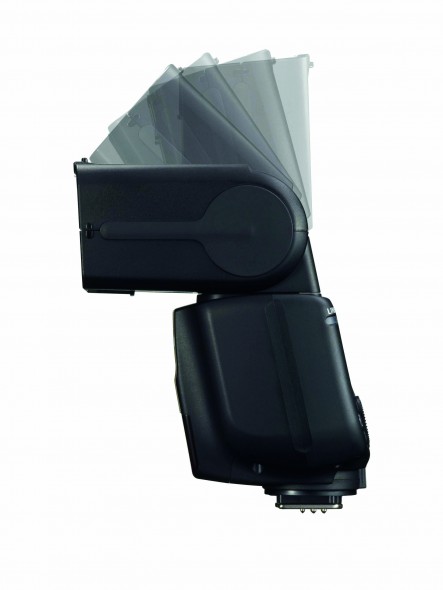
Guide number
A flashgun’s guide number tells you how powerful it is. It’s commonly expressed in metres @ ISO 100 although some specs detail measurements in feet instead (or in addition to this).
LCD screen
Spending a little more on a flashgun will get you a screen that displays information on flash exposure and shooting modes. These can also often be illuminated for use in low light (below).
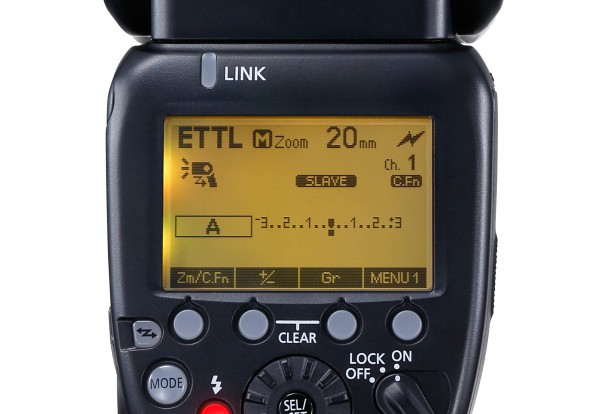
Bounce card
Some flashguns have a small white card incorporated into their head and this can be used to bounce more light towards the subject. You can buy these separately for flashes without cards.
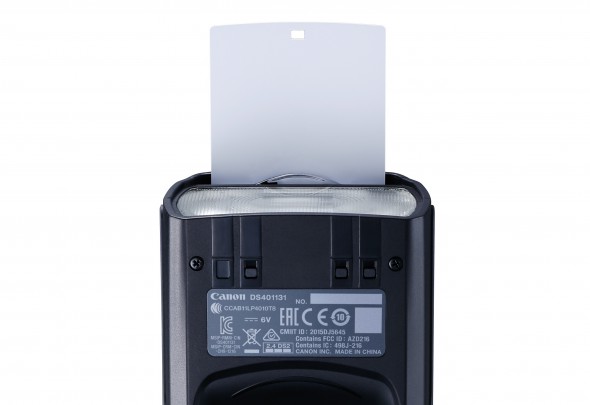
Built-in diffuser panel
Most flashguns have a small translucent panel built into their heads. This diffuses light when pulled over the head, and also provides coverage for wider focal lengths.
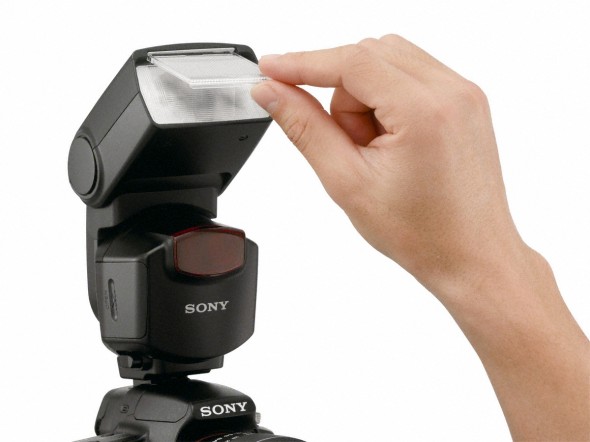
Jargon Buster
There are lots of terms exclusive to flash photography, and these may confuse you if you’re just getting started. Here’s a quick look at what the main ones mean:
Master
A main flash that is designed to instruct other flashes (known as slaves). This is usually mounted inside a camera’s hot shoe although it may be the flash built into the camera. I could also be a flashgun that is in some way being used off the camera.
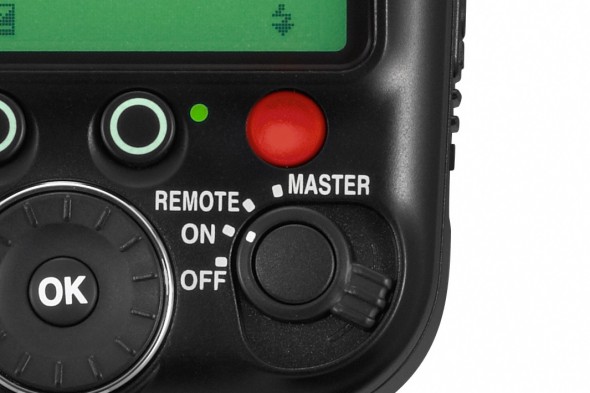
Slave
A flash that fires when it senses a master flash has fired. Alternatively, a slave may respond to a transmitter, which does not fire a flash itself but simply issues the command for other flashes to do so.
Recycling
The period between the flash being fired and it being ready to do so again. This varies between models and can change with different batteries.
Bounce
Directing light from a flash towards a subject by angling the head towards a reflective surface. This is typically a wall or ceiling, although it could also be an accessory such as a reflector (below).
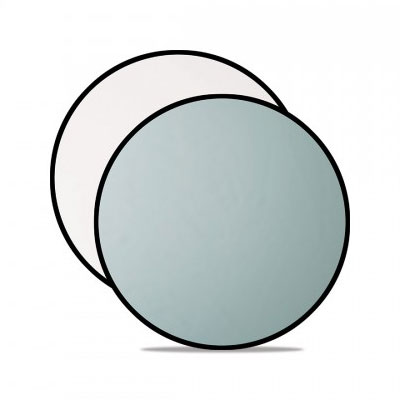
Related articles
Getting Started With Off-camera Flash
Five Handy Portrait Lighting Accessories that Make a Big Difference
How to Light Portraits Without Pro Lighting Kits

